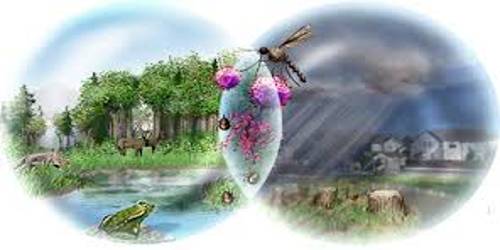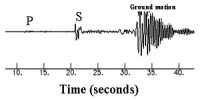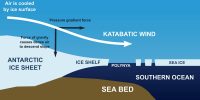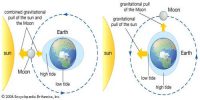Loss of Biodiversity
Biodiversity is a system in constant evolution, from a viewpoint of species, as well as from viewpoint of an individual organism. The average half-life of a species is estimated at between one and four million years, and 99 percent of the species that have ever lived on the earth are today extinct.
Since the last few decades, growth in human population has increased the rate of consumption of natural resources. It has accelerated the loss of species and habitation in different parts of the world. Tropical regions which occupy only about one-fourth of the total area of the world contain about three-fourths of the world human population. Over-exploitation of resources and deforestation has become rampant to fulfill the needs of the large population. As these tropical rain forests contain 50 percent of the species on the earth, destruction of natural habitats have proved disastrous for the entire biosphere.
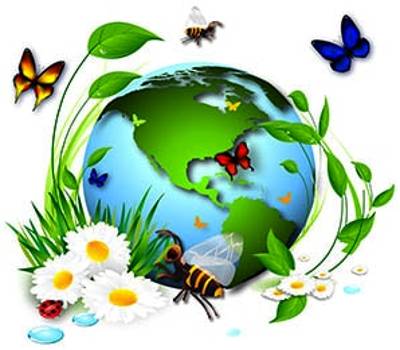
Natural calamities such as earthquakes, floods, volcanic eruptions, forest fires, droughts. etc., cause damage to the flora and fauna of the earth, bringing change the biodiversity of respective affected regions. Pesticides and other pollutants such as hydrocarbons and toxic heavy metals destroy the weak and sensitive species. Species which are not the natural inhabitants of the local habitat but are introduced into the system are called exotic species. There are many examples when a natural biotic community of the ecosystem suffered extensive damage because of the introduction of exotic species. During the last few decades, some animals like tigers, elephants, rhinoceros, crocodiles, minks, and birds were hunted mercilessly by poachers for their horn, tusks, hides, etc. It has resulted in the rendering of certain types of organisms as an endangered category.
The International Union of Conservation of Nature and Natural Resources (IUCN) has classified the threatened species of plants and animals into three categories for the purpose of their conservation.
